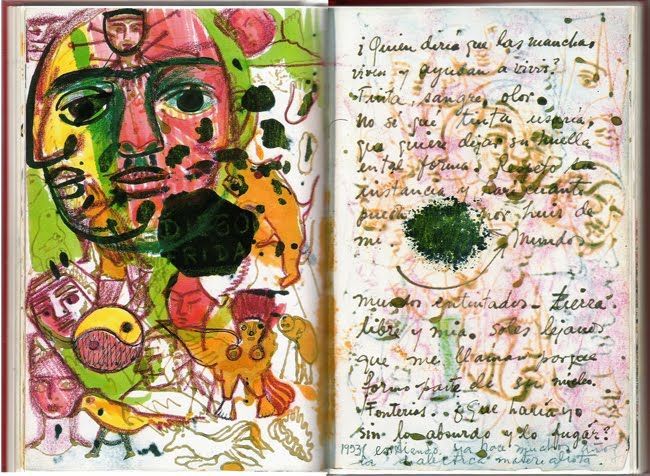Hello Class!
Each week, we will have an ongoing discussion topic. Sometimes it will be sparked off by a reading, sometimes you’ll be asked to do some research and post examples that demonstrate your opinions. Always, you’ll be asked to participate in the discussion with clarity and thoughtfulness.
For clarity, your topic will be labeled with the semester week. For example “Week 1 Proper Online Discussion Techniques”.
You will have one full week (Date and Time– Date and Time) to share your thoughts. This will be counted towards your Participation Grade.
Guidelines for participation:
- DO READ the whole thread.
- Comment on the question after checking out any materials provided.
- Don’t repeat other students.
- Do reply to other students and build on their ideas.
Good Participation is to comment at least 2x per discussion. Once at the beginning and once at the end, after reading the thread so your comments are relevant.
For this particular discussion, you can just say you understand or ask a question about our course discussions here. 🙂






Recent Comments